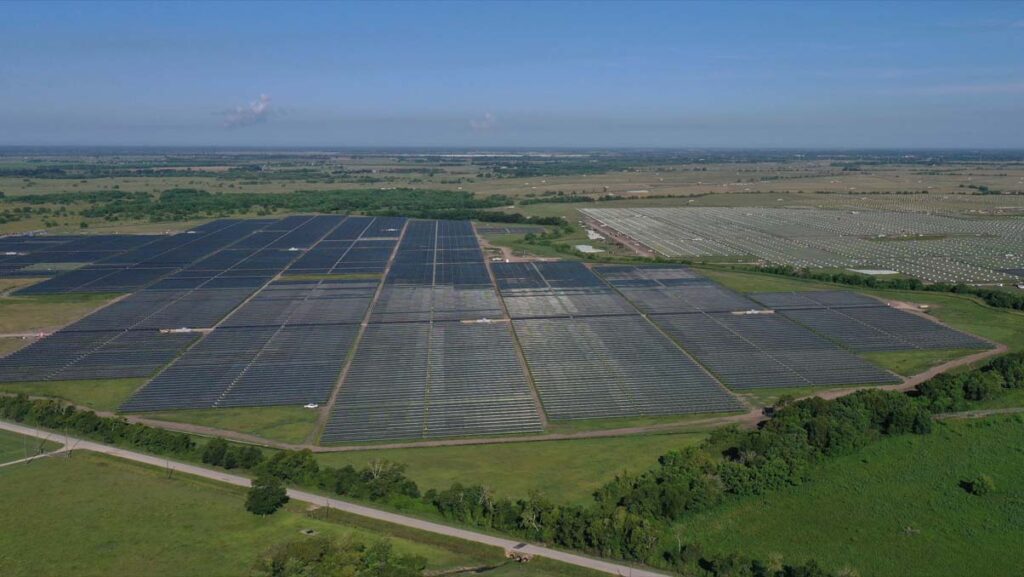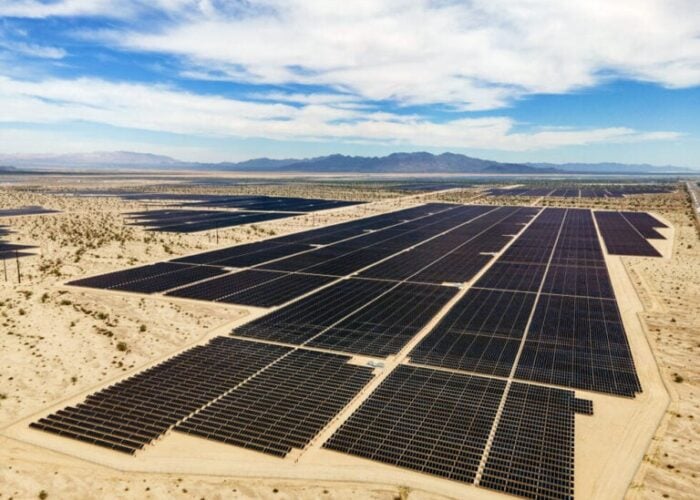
US insurer kWh Analytics, in tandem with the US Department of Energy (DOE) has launched a US$2.4 million initiative to “develop innovative approaches” to enhancing the resilience of solar PV projects.
The new initiative will support a number of new initiatives, including the collection of real-world electricity generation loss data from renewable power projects and developing new standardised practices for minimising power generation loss in the field.
Try Premium for just $1
- Full premium access for the first month at only $1
- Converts to an annual rate after 30 days unless cancelled
- Cancel anytime during the trial period
Premium Benefits
- Expert industry analysis and interviews
- Digital access to PV Tech Power journal
- Exclusive event discounts
Or get the full Premium subscription right away
Or continue reading this article for free
Alongside kWh Analytics, other groups involved in the project include the DOE’s Solar Energy Technologies Office (SETO); the Materials, Operation and Recycling of Photovoltaics (MORE PV) Funding Programme; the National Renewable Energy Lab (NREL); testing and certification firm DNV and consultant STANCE Renewable Risk Partners.
“This award is a testament to both the long-standing partnership between kWh Analytics and the US Energy Department, and our organisation’s commitment to advancing the energy transition,” said kWh Analytics CEO Jason Kaminsky. “Our deep industry knowledge and unparalleled data give us unique insight into climate-resilient design, construction and management of renewable energy assets—knowledge that we apply to our underwriting decisions and risk assessment.”
Kaminsky has worked in the data collection and analysis fields for several years now, and told PV Tech earlier this year, upon the launch of kWh Analytics’ latest ‘Solar Risk Assessment’ report, that “without data you’re really shooting in the dark”. Collecting more data on the electricity generation output of solar projects will help developers and managers make more informed decisions about project maintenance.
Ensuring projects remain effective throughout their operative lifetimes is a growing priority for the industry, with figures suggesting that more solar equipment is underperforming each year; data from Raptor Maps suggests that the average power loss endured by solar projects due to equipment underperformance hit 4.47% in 2023, up from 3.13% in 2022.
This is particularly significant considering the growing size of solar projects and portfolios, with even a small percentage loss in electricity generation output translating to a significant decline in generation output.
The launch of the initiative also comes as the solar industry faces more extreme weather risks than ever before. According to figures from the latest ‘Solar Risk Assessment’, industry standard solar modelling techniques can underestimate electricity generation losses by as much as 300%, with extreme weather, most notably hailstorms, interfering with electricity production.
Kaminsky has also spoken to PV Tech Premium on this topic, pointing out that the damage done to the Fighting Jays project in Texas was striking as the facility is “not in the highest hail zone”, yet still suffered considerable damage. As solar panels and projects become larger, and take up more space, they are more at risk of adverse weather phenomena, and kWh Analytics and its collaborators will be keen to minimise some of these risks going forward.






